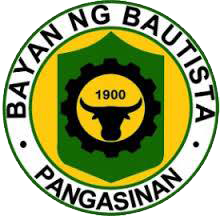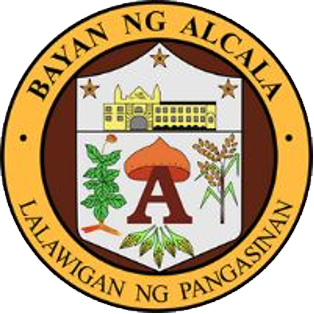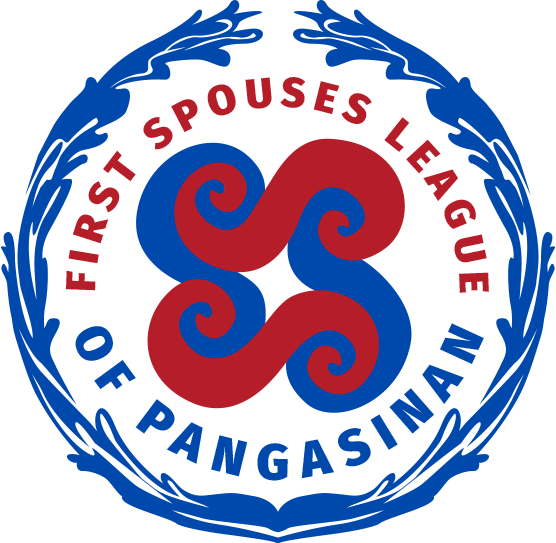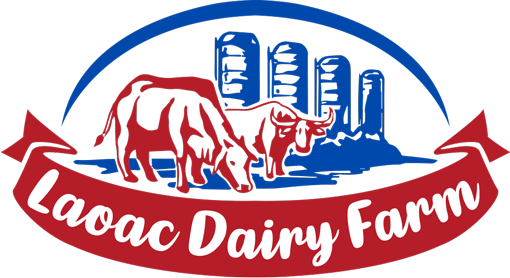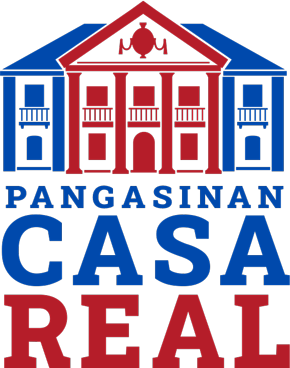In the early 17th century, Villasis was a barrio of Malasiqui called Pandoyocan. It was a village mostly composed of settlers from different towns. The area was covered with thick bushes and forest areas. Pandoyocan became a major source of timber used by the Spanish to build small crafts to medium size ships. One such ship was built in Lingayen.
The Spanish authority elevated the status of Pandoyocan to a town on October 18, 1759, by Bishop Miguel Espelita of Cebu, the first Filipino Archbishop, and Governor General. The first election was held on May 13, 1760, electing the first Gobernadorcillo and other municipal officials of Pandoyocan.
Mass migration in the 18th and 19th centuries from neighboring Ilocos provinces revived the stagnant town of Pandoyocan after its population dwindled due to several revolts in the 18th century. A petition was made to re-establish Pandoyocan as a municipality. Despite the clamor among the locals for self-governance, the reconstruction of Pandoyocan only started on June 22, 1804, after Governor Rafael Maria de Aguilar issued a decree. In his honor, the decree was amended by Governor Felgueras on March 2, 1807, renaming the town of Pandoyocan to Villasis.
Villasis is part of the fifth congressional district. It has a total land area of 7,583 hectares and a population of 65,047 people according to the 2020 census.
Dubbed as “vegetable basket of the north,” and “vegetable home of Pangasinan,” Villasis launched its local festival named “Talong Festival” in 2012 thru a 9-day celebration with exciting activities as highlights of the event. It was during its launching that the Villasis Vegetable Trading Post or Bagsakan was opened to the public. The festival is held every January of each year.
Officials
Mayor
Nonato Abrenica
Vice Mayor
Cheryll Tan
Councilors
Nicumar-Leo Blanco
Nydia Cacapit
Paz Rafanan
Rolando Morden
Edlice Grace Rojo
Jesus Lizardo
Chrisanto Asenafe Balila
Audrey Jamille Susan Sison









